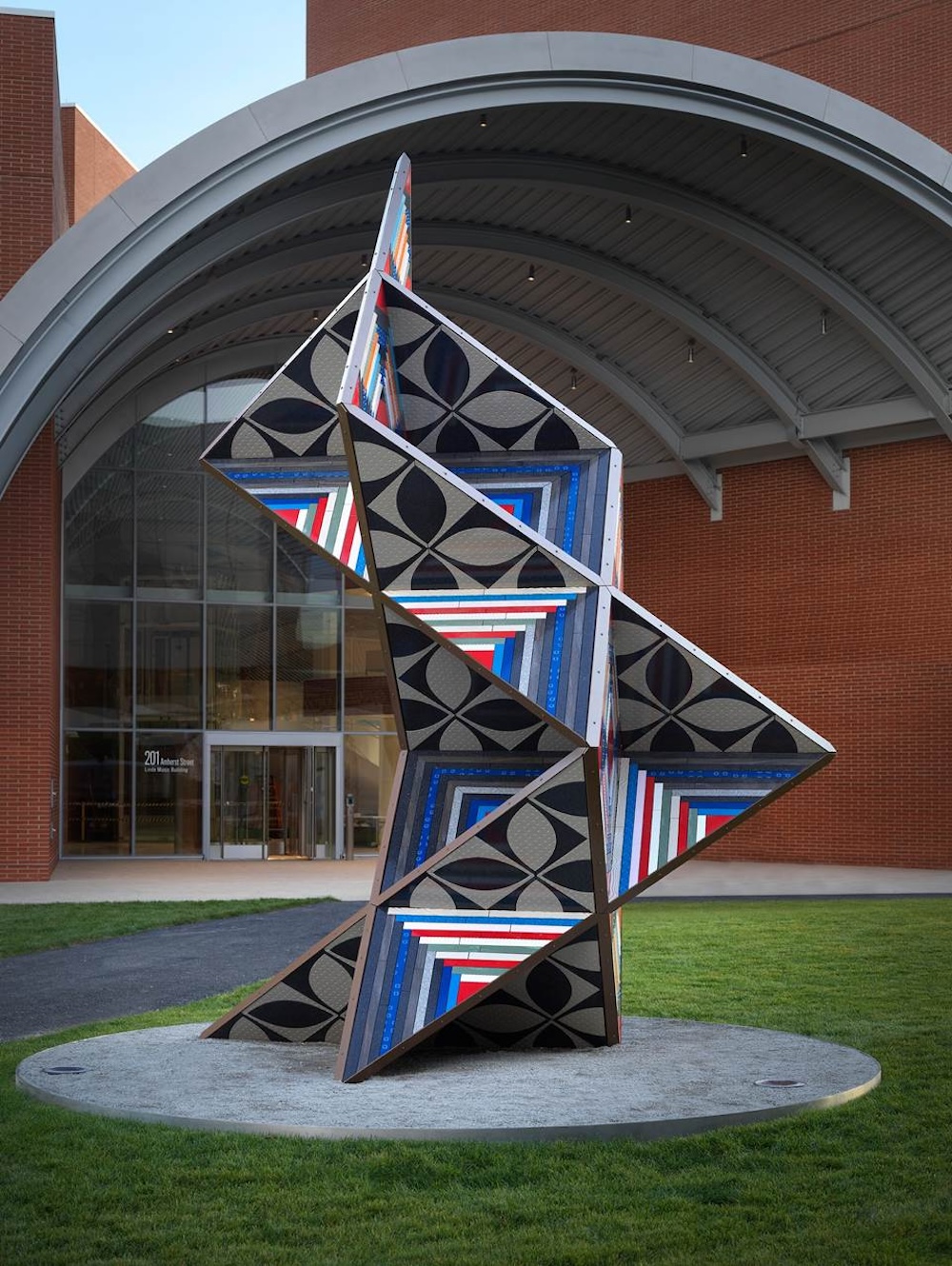
In an ever-changing world, art has been a constant form of expression, reflecting and commenting on the issues and ideas of its time. Artists have long used their creations to shed light on social and political themes, challenging the status quo and pushing the boundaries of what is considered acceptable in society.

This article explores the power of art as a tool for social change, examining the ways in which artists throughout history have used their work to address and challenge societal issues. From the Renaissance painters who depicted religious and mythological narratives to the contemporary artists who confront issues such as racial inequality and climate change, art has always played a significant role in shaping public discourse and provoking thought.
One cannot discuss the relationship between art and social change without acknowledging the impact of historical events on artistic expression. The tumultuous 20th century, with its world wars, civil rights movements, and countercultural revolutions, provided a fertile ground for artists to examine and respond to the upheavals of the time. Figures such as Pablo Picasso, Frida Kahlo, and Andy Warhol used their art to comment on war, inequality, and consumerism, respectively, sparking conversations and challenging the prevailing norms of their era.

In our own contemporary context, artists continue to confront pressing social issues through their work. From the powerful installations of Sanford Biggers that explore the African diaspora and the complexities of race to the thought-provoking mixed media creations of Madrigal that expose the environmental impact of human activity, artists are using their platforms to engage audiences in socially conscious dialogue.
Art holds the potential to transcend language and cultural barriers, resonating with individuals across time and space. It has the capacity to challenge preconceived notions, foster empathy, and inspire action. Through this exploration of art and social change, we hope to highlight the transformative power of creativity and encourage readers to engage with art as a means of understanding and addressing the challenges that we face in our world today.
